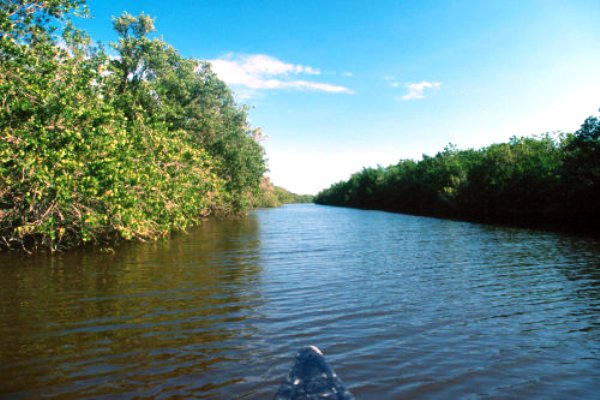Trending
Florida Bay seagrass dying at historically high rate

Reduced fresh-water flows into Everglades National Park have contributed to an ongoing die-off of seagrass that so far has spread to 40,000 acres of Florida Bay.
The bay constitutes the southern part of the Everglades park, better known for its swamp land, and seagrass supports both marine life and a recreational fishing industry that generates $1.2 billion in annual spending, the Everglades Foundation reports.
Florida Bay is home to an array of marine life from dolphins, manatees and sea turtles to lobsters, spotted seatrout and shrimp.
The massive seagrass die-off there began in mid-2015 and has achieved historic scale. The last major seagrass die-off in Florida Bay, from 1987 to the early 1990s, generated momentum to restore the Everglades.
Florida International University marine scientist James Fourqurean told the Washington Post the current die-off might worsen before it recedes: “In the ’80s, it continued to get worse for three years.”
Drought last year may have triggered the current seagrass die-off, but Fourqurean and other scientists say the main culprit is real estate development that impedes the flow of fresh water.
According to the Washington Post, Interior Secretary Sally Jewell recently visited Everglades National Park, plucked dead seagrass from Florida Bay, and told reporters, “This is what we get when we don’t take care of Florida Bay.” [The Washington Post] — Mike Seemuth




